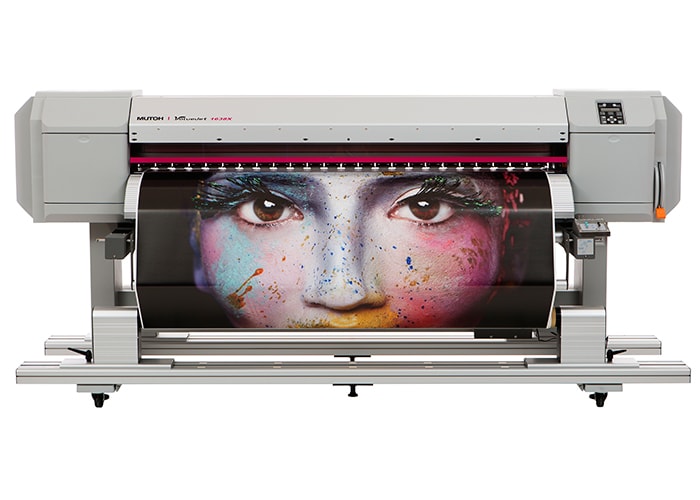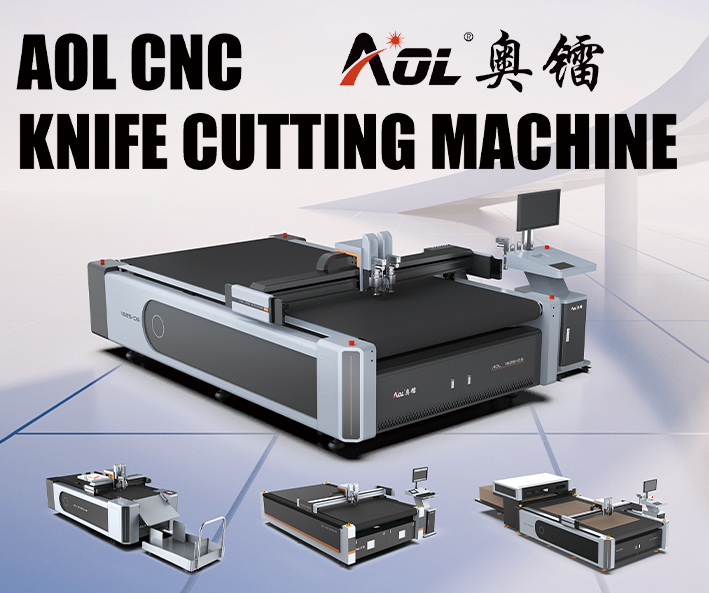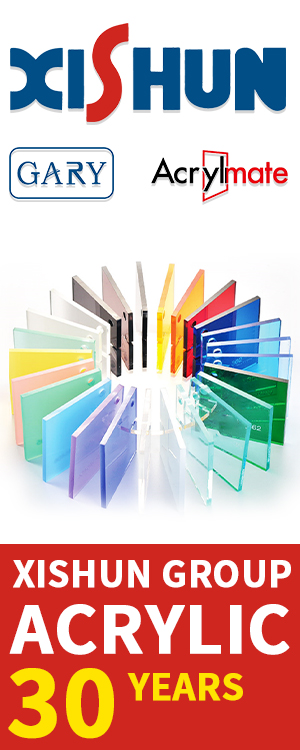
As a leading distributor of wide-format digital printing and finishing solutions, Colourgen can look back on over 20 years of experience in the industry. As Managing Director Jeff Biggs recalls, back in 1995 there were just a small number of manufacturers producing only water-based solutions and further development by both pioneering manufacturers, such as ENCAD, and end users was very much a case of trial and error. Experimentation was the order of the day and applications were very limited and based largely on available inks and media.
He remembers: “In 1995, very few people had access to the internet and so communicating a message and being able to change it frequently, particularly in the retail environment, became a very appealing prospect. This and the reduced costs now possible drove the industry forward at a frantic rate.”

According to Jeff, the most notable innovation would have to be the development of outdoor-durable ink and media sets. He added: “Being able to print on to untreated substrates that required no finishing was a notable advancement, for both end users, in terms of the wider range of applications possible and manufacturers, on the basis of the new business opportunities that consequently emerged. This led inevitably to an increased demand for the latest technology and further stimulation of the wide-format market.”
At the same time, there have been significant improvements in software solutions that have been driven by the technological advancements in the hardware they support. Jeff adds: “The entire compass of digital printing and finishing, including peripherals such as cutters and laminators, is no longer the exclusive domain of dedicated print houses and the technology is now freely available to any company with the wherewithal in terms of equipment, materials and software and the right business plan in place.”
As to the challenges facing the industry and its future development, Jeff observes: “Probably the biggest challenge will be to ensure sufficient margins, particularly for end users, and the need to make further improvements in ink technology, with the latter being the only way forward if brand loyalty and market status are to be retained”.
As to the future of the industry, he concluded: “It is difficult to make predictions for the short term but there probably will be further collaboration, consolidation of mutual interests and re-badging of equipment by manufacturers. In the longer term, and judging by ongoing developments, there will always be a demand for wide-format digital printing and the future seems secure. There will also be continued growth in the textile-printing sector. In the UK this has yet to match that of other European countries, but there are now positive signs of progress, with more manufacturers engaging with the technology.”









